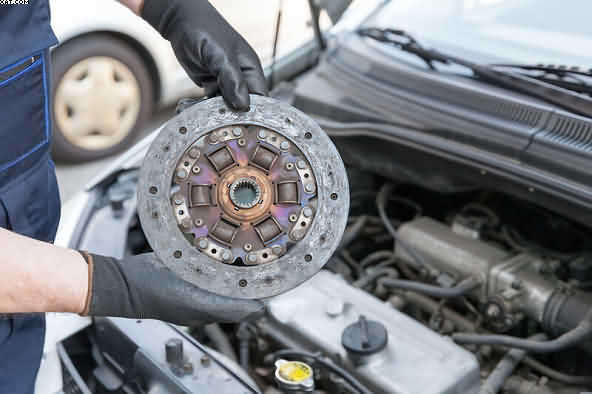Clutches-Orphaned Clutch related posts
Clutch developments on the modern car
To start with then the clutch is a mechanical device that is used to transmit power from the engine to the transmission in a vehicle. Consequently, the clutch allows the engine and transmission to be connected or disconnected.Thus allowing the vehicle to come to a stop without stalling the engine and to smoothly engage the gears when starting or shifting.
The history of the car clutch dates back to the late 19th century. Of course, when the first internal combustion engine vehicles were being developed. Early clutches were simple friction devices that used a plate that could be pressed against a flywheel to transmit power. These early clutches were not very efficient, and they often required frequent adjustment and replacement.
As time went by,
internal combustion engines and vehicles became more complex and sophisticated. So too did the clutches that were used to transmit power. In the early 20th century, multi-plate clutches were developed, which used multiple friction plates that could be pressed together to transmit power. Accordingly, these multi-plate clutches were more efficient and lasted longer than the single-plate clutches that were used previously.
So, just as I started my first job as an apprentice mechanic In the 1950s and 1960s, hydraulic clutches were introduced, which used fluid pressure to actuate the clutch mechanism. These hydraulic clutches were easier to operate and required less maintenance than the mechanical clutches that were used previously.
Of course the hydraulic flued tank had to be topped up at regular servicing periods, usually my job!
Today, car clutches are typically made from materials like steel and ceramics, and they use a variety of designs and technologies to transmit power efficiently and reliably.
Some modern clutches even use electro-hydraulic actuation, which allows for precise control of the clutch mechanism using electronic sensors and controls.

Clutches-Orphaned Clutch related posts
The clutch is an important part of a manual transmission that lets the driver smoothly change gears. Over time, the clutch may start to wear out, which can cause a number of problems that affect how well the car runs. Here are some signs that a clutch is worn:
Trouble changing gears: When the clutch is worn, it can be hard to change gears smoothly, which can cause the car to grind or jerk.
Burning smell: A worn clutch can give off a burning smell. This smell could be caused by the clutch plates rubbing together too much.
Slipping: If the clutch is worn out, it may start to slip, which makes it hard to speed up the car.
Spongy or soft clutch pedal: A worn clutch can make the clutch pedal feel spongy or soft, as if it isn’t engaging properly.
Strange sounds: A worn clutch may make strange sounds like rattling, squeaking, or grinding.
If you see any of these signs, you need to have a professional mechanic check out your clutch and fix it. If you don’t fix a worn clutch, it can get worse and cost more to fix in the future.
So, clutches are a problem that no one really wants. In modern cars the clutch will probably go and let you down in an instance. Cars are very powerful these days and clutch is one of the power houses. Enabling the driver to select gears smoothly and accurately.
So, in days gone by then a clutch would give the cars owner a few weeks time before a new clutch would have to be fitted. Consequently, the old clutch would slowly burn out and probably start to smell a little bit. Motorists could drive miles on a slipping clutch. Giving them time to save up for a new one.
Clutch posts have been popular in the past, so I am saving all my orphaned posts on this page. Of course, for future reference.
